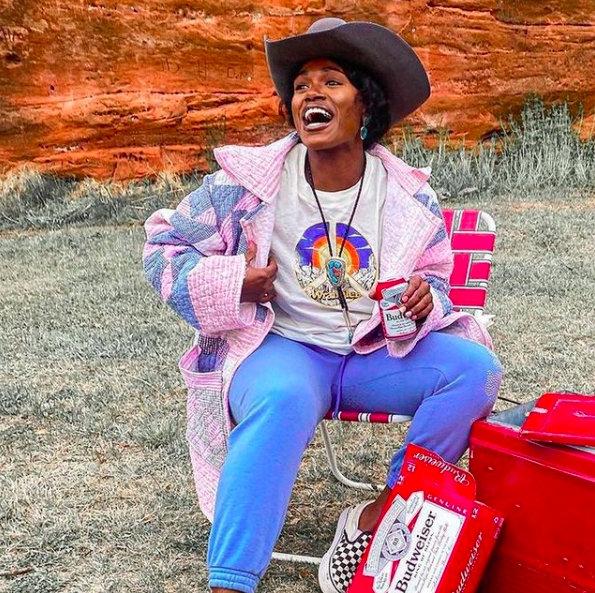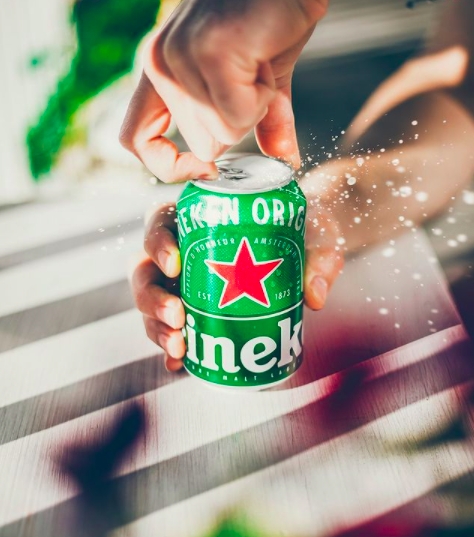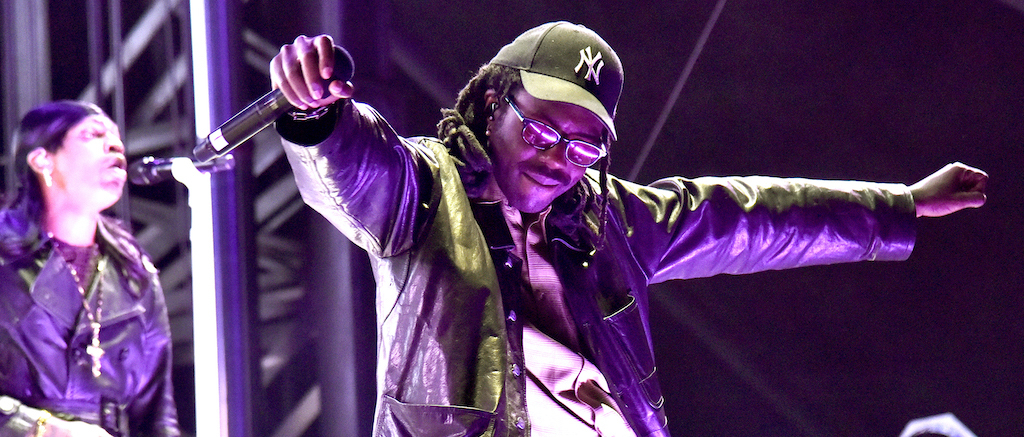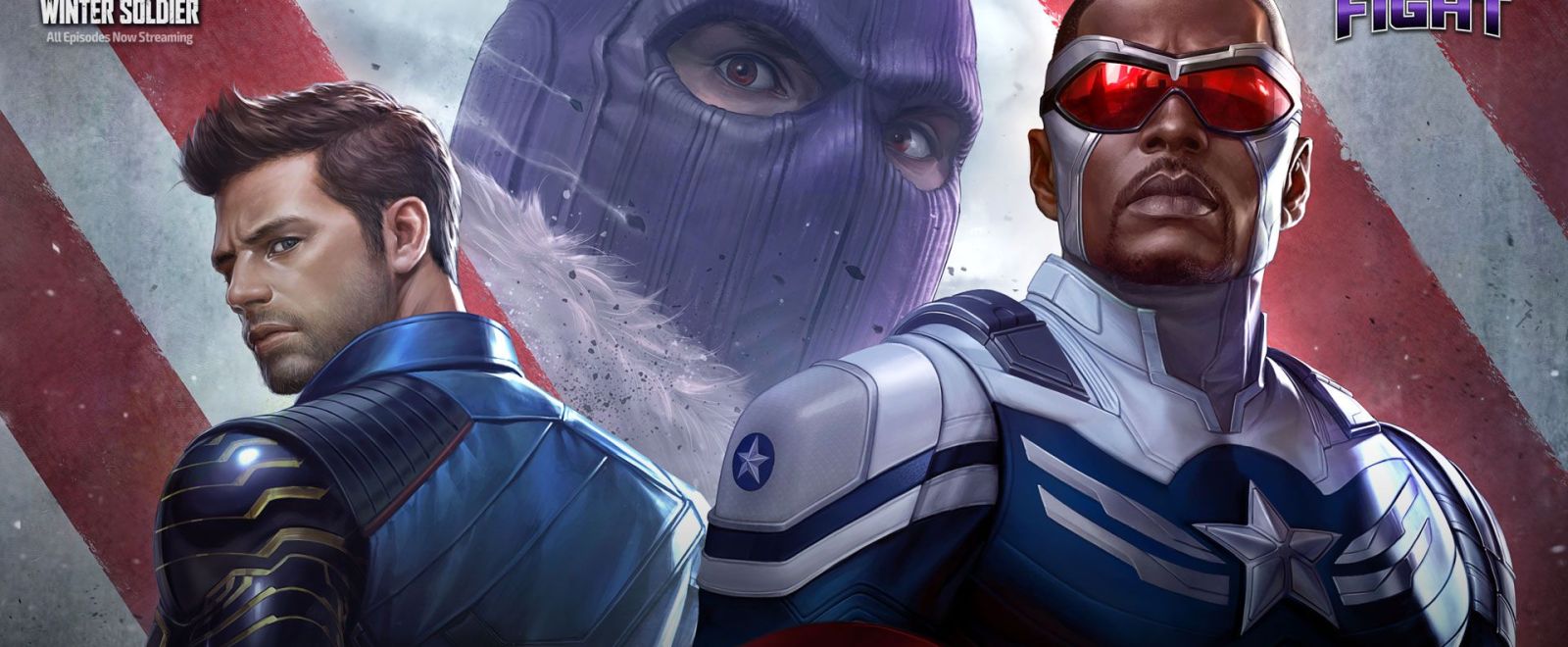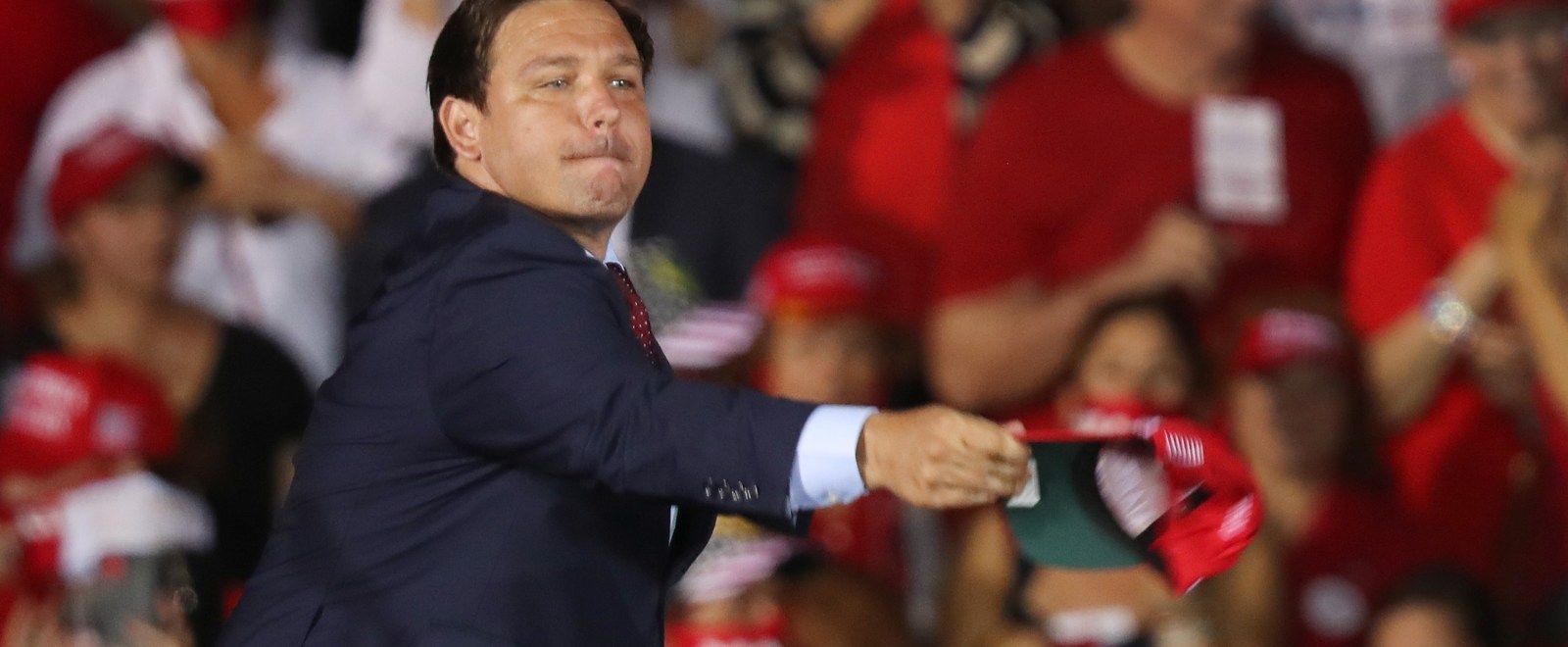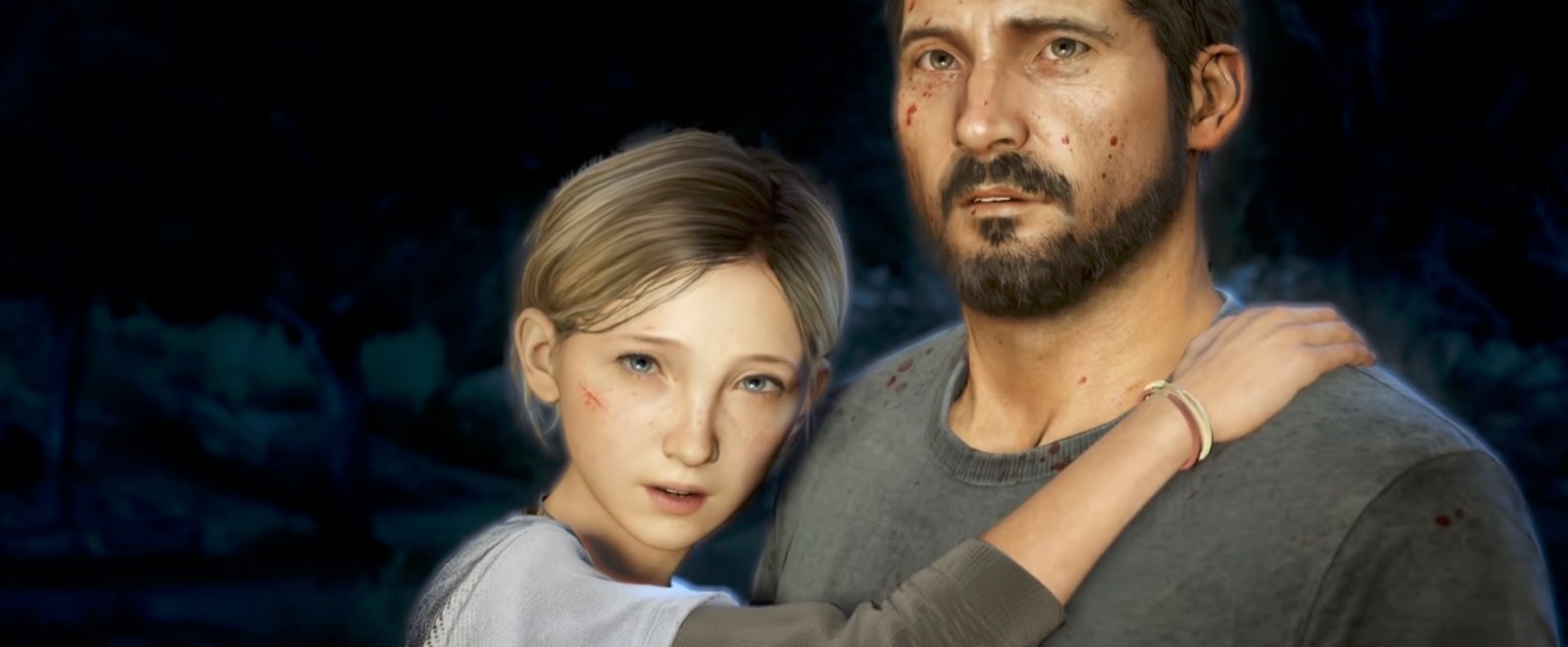
A little over two years ago, the Phoenix Suns, months removed from a 19-63 season, selected Cameron Johnson 11th overall in the 2019 NBA Draft, a decision that was met with waves of criticism. The naysayers (myself included, whoops!) said Johnson was likely to top out as a serviceable role player and high-level off-ball shooter. But the common refrain was the Suns needed more as they aimed to snap their lengthy playoff drought and advance their rebuild.
Many clamored for Gonzaga’s Brandon Clarke. Others suggested Kentucky’s PJ Washington or Tyler Herro. You’d be hard-pressed to find too many people advocating for the 23-year-old who had a potentially troubling history of injuries and, while an excellent collegiate player, wasn’t deemed the injection of youthful talent the team needed because of a supposedly limited skill-set.
Two seasons later, Johnson, despite a down 2020-21 campaign from deep (34.9 percent), certainly looks worthy of his Draft range and has provided value in an assortment of ways beyond outside shooting. Last year, he solidified himself as a rotational wing on a playoff contender. This year, even with the upgrades Phoenix ushered in to transform itself from a playoff hopeful to Western Conference champion, he remained a crucial part of the rotation.
Although he missed Game 6 of the Western Conference Finals due to a non-COVID illness, he was essential to the Suns during the initial five games, averaging 10.8 points, four rebounds, and 1.2 steals on a scorching 86.2 percent true shooting (.700/.529/1.000 split) in 23.8 minutes per night.
Throughout the series, he served as one of Phoenix’s best players, offering vital two-way impact and embodying the duties of a complementary player. Offensively, he connected on nine of 17 triples and 12 of 13 two-pointers, dicing up the Los Angeles Clippers with versatile off-ball movement. He scored off of screens, cuts and offensive rebounds, notching timely baskets for a sputtering offense (before its Game 6 explosion, at least).
Phoenix’s offense is predicated on screening, movement, and passing. Johnson’s off-ball savvy slots perfectly in that ethos. Chris Paul and Devin Booker are the foundation of success, but guys like Johnson, Mikal Bridges, Deandre Ayton, and Jae Crowder help amplify said success. It’s a testament to both the individual skills of each player, but also general manager James Jones, whose roster construction has aligned with his conception of the team, and head coach Monty Williams’ offensive scheme catering to the strengths of the personnel at his disposal. Johnson is an example of harmonic decision-making.
The offensive rebounding-into-a-score sequences are only a fraction of how Johnson stamped his signature on the series in outlets other than flashy scoring or playmaking. His off-ball feel pervaded through various facets, whether it be taking the optimal path to snag boards, darting in for an unscripted cut and screen, or snappily executing a heady pass amid a scramble situation.
The “little things” cliche for role players can be exhausting and a cover-up for specific skills, yet Johnson’s fingerprints were all over his five games against the Clippers. Even if he performed at his season-long shooting slash line (.420/.349/.847, 56.3 percent true shooting), it would’ve been a tremendous run for him. He crafted significant value unrelated to scoring production and efficiency.
Whereas shrewd off-ball movement and premier three-point shooting are entirely within his wheelhouse, Johnson excelled as a defender, too. He’s displayed serviceable defense, particularly off the ball, throughout his career, but really shined against a number of on-ball matchups in Phoenix’s switch-heavy scheme this past round.
The Clippers’ glut of shot creators/scorers, largely wing-sized, encountered trouble when trying to attack him. He displayed exquisite mobility and change of direction at 6’8, handled his business navigating ball-screens, and refused to concede the ounces of space his assignments sought to seamlessly elevate for comfortable looks, making him one of the Suns’ best on-ball defenders in the series. Plus, there were a couple of the “little plays” — a hallmark of his five-game showing — that resulted in steals. His positional versatility was front and center at various points.
When the final buzzer of Game 6 blared, marking the Suns’ first NBA Finals appearance since 1992-93, storylines justifiably gravitated toward four people: Paul, Booker, Ayton, and Williams. Paul, for a breakthrough 16 years in the making; Booker, for the fortitude of enduring years of dreadful losing to provide the bedrock of the franchise’s turnaround; Ayton, for his rapid maturation and effervescent personality; Williams, for his pivotal role in establishing a winning culture in an organization mired by dysfunctional losing for nearly a decade.
Yet analyzing these playoffs on a round-by-round basis allows one to hone in on smaller samples and intricacies. Every time Johnson took the floor against the Clippers, it felt as though his presence positively cast a wide net, only to be overshadowed by the Booker-Patrick Beverley duel, Paul’s reintegration following his absence due to asymptomatic COVID, and Ayton vs. the Clippers’ small-ball brigade and Ivica Zubac.
Those were understandably the domineering subplots. Johnson’s contributions, though, both in this series and during his two-year NBA tenure, seem like a theme of Phoenix’s rise: a smart, talented player whose optimal fit demanded patience and a bird’s eye view.
Johnson has been a good player since October 2019, but he’s never been worth more to the Suns than he was in the Western Conference Finals. All of the skills that define him as much more than a shooting specialist coalesced to help propel this team to the precipice of its first NBA championship in franchise history. It’s merely another reason all that draft day ridicule was both misguided and hasty. Jones had a vision when he assumed GM duties 27 months ago and the acquisition of few players, if any, reflect that vision better than Johnson.

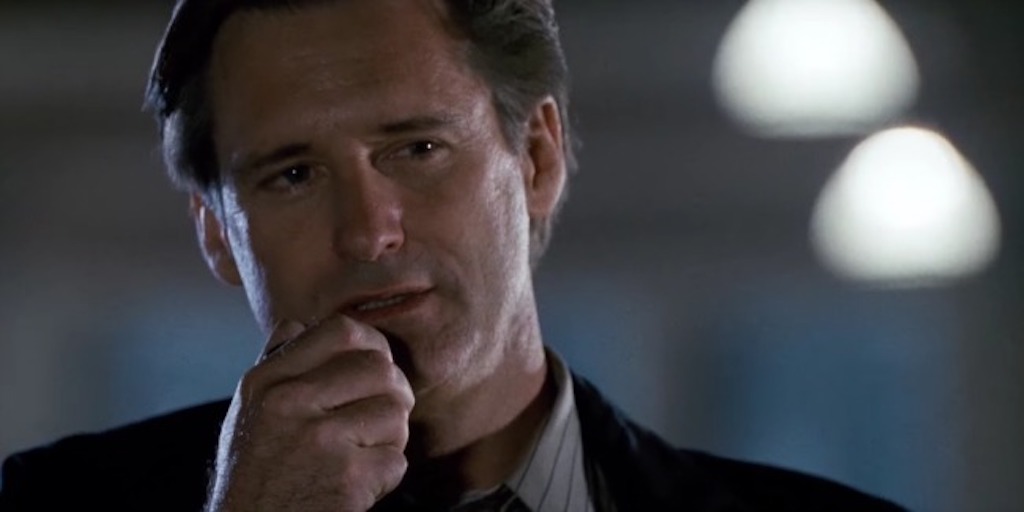

 positive Angelina Jolie and The Weeknd were having a business dinner, but I’m shipping them in my head anyway.
positive Angelina Jolie and The Weeknd were having a business dinner, but I’m shipping them in my head anyway.  (@510oscar510_)
(@510oscar510_) 









